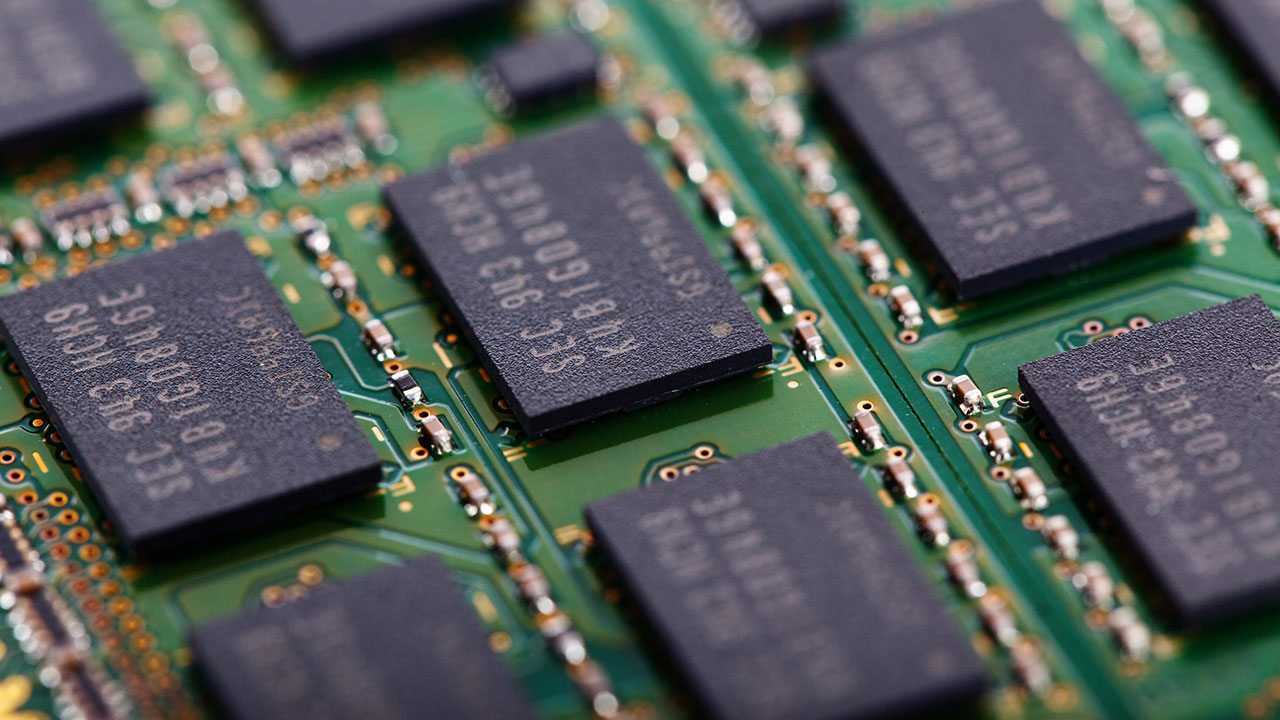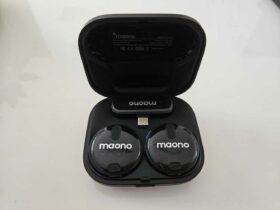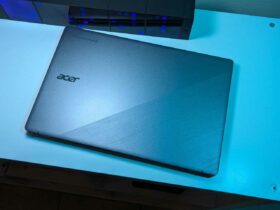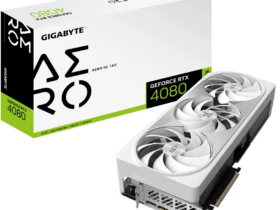We’ve made a big leap in quality over the valve-operated monster, which just a few decades ago took up an entire room! Let’s find out how
The use of mechanical devices that allow us to do calculations is centuries old. In fact, the first calculator appeared in the 17th century and used a set of wheels and gears to function.
In the era that gave birth to what we know as the personal computer, a number of inventions and innovations have occurred.
Size reduction and speed increase
Put simply, the rise of personal computers has been marked by two key changes: they have gotten smaller and faster in their operation. Today, these changes mean a range of slim desktop computers, putting more processing power in the user’s hands than was found on an early spacecraft. And that processor can now fit in a relatively thin casing and be cradled on the user’s lap or stowed away in a small corner.
Personal computers were marketed to consumers in the mid-1970s. However, the computer itself was used by large companies since the first transistor versions produced in 1958.
Even though they performed complex computing tasks and programs, these early models were unrecognizable for what we now understand to be the personal computer. They took up entire rooms and required large amounts of air conditioning for cooling.
The transition to microprocessors
The great hardware leap from the first huge mainframe computers to the personal computer came a few years later, in the 1960s, with the development of the silicon chip. Similar to developments in radio and television technology, the “solid state” microchip processor has progressively replaced old vacuum tubes and tape storage.
When IBM launched its product on the market in 1981, personal computers did not yet have hard disk storage capacity and they relied on the removal of magnetic media in the form of “floppy disks”.
Despite limitations in storage, it was the key development in processor technology that allowed for a significant reduction in the physical size of the computer. The quantum leap from a computer that takes up an entire room to a single desk had begun!
The language of computers
At the same time they happened major hardware developments, which allowed for huge gains in processing speed, while there was an increasing reduction in size, the software aspect was also undergoing rapid development. Most notable is the development of “language,” that is, the machine or programming language that interacts with the computer user and instructs the computer.
As hardware developments allowed for ever greater processing power and speed, the number and complexity of functions the computer could perform was also increasing.
These days Microsoft’s now iconic “Windows” is perhaps the software “language” that stands out the most. Apple users may disagree with this observation!
How was the ‘personal computer’ defined?
As processor developments advanced and improved, too the opportunity of a market open to the general public – rather than big business, banking, military and government – ran its course. By definition, the personal computer was an autonomous machine that could be programmed and used by a single user and capable of sitting on a desk.
This simple definition has undergone a continuous development and improvement of the hardware until it assumed the appearance of the varied range of products we see today: from desktop computers to lightweight laptops and up to tablets.
We’ve made a big leap in quality over the valve-operated monster, which just a few decades ago took up an entire room!















